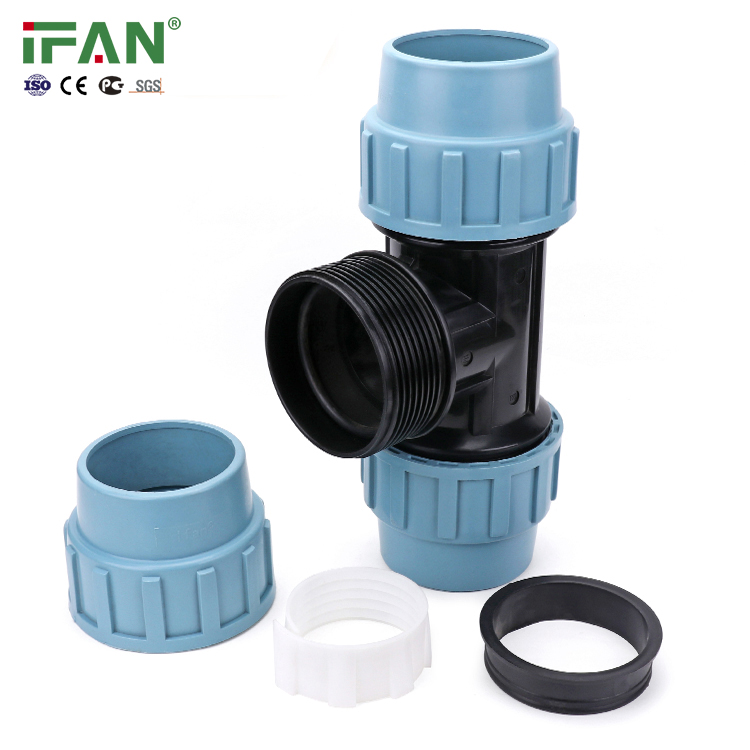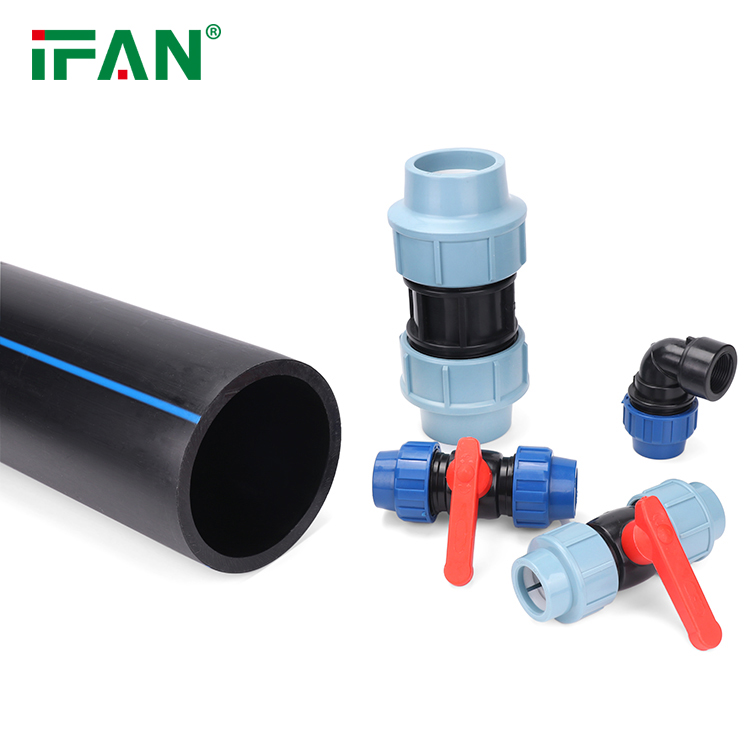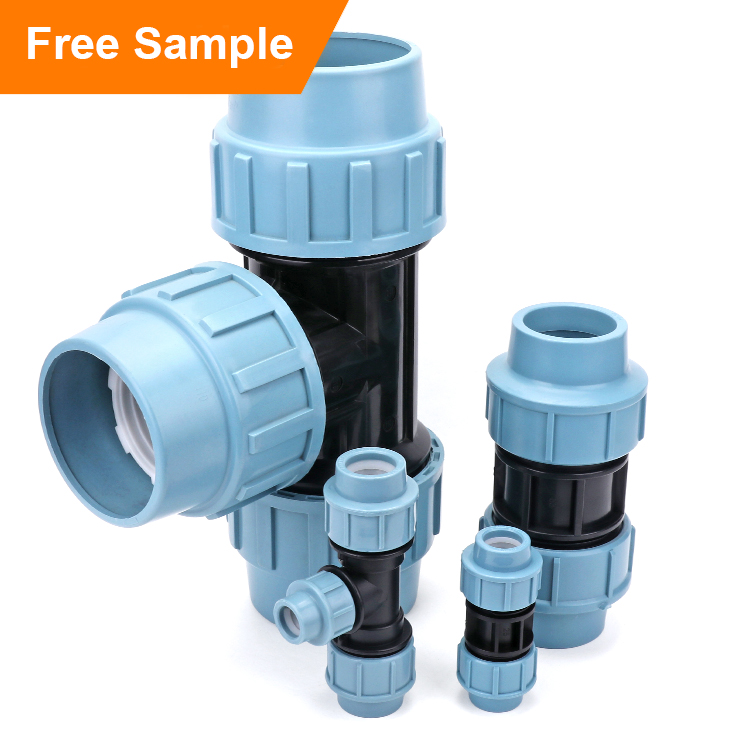In recent months, residents of Tokomaru have raised alarms about potential lead contamination in their drinking water. Investigations have pointed to old brass fittings, particularly taps, as a possible source of this contamination. This article will delve into the implications of lead exposure, the role of brass fittings in plumbing systems, and the steps that can be taken to address these concerns.

Understanding Brass Fittings
What are Brass Fittings?
Brass fittings are components made from an alloy of copper and zinc, often containing small amounts of lead. These fittings are commonly used in plumbing systems due to their durability, resistance to corrosion, and ability to withstand high pressures. They are found in various applications, from household taps to industrial plumbing systems.
The Composition of Brass
While brass fittings are valued for their strength and longevity, the presence of lead in some brass alloys has raised serious health concerns. The amount of lead in brass can vary, but even small amounts can leach into drinking water, especially under certain conditions.
The Lead Contamination Issue
How Does Lead Leach into Water?
Lead can leach into drinking water when it comes into contact with brass fittings, particularly if the water is stagnant or has high acidity or low mineral content. Factors such as temperature and the duration of water sitting in the pipes can also influence the leaching process.
Health Risks Associated with Lead Exposure
Lead exposure poses significant health risks, particularly for vulnerable populations such as children and pregnant women. The potential health implications include:
- Neurological Damage: Lead exposure can lead to developmental delays, reduced IQ, and behavioral issues in children.
- Cardiovascular Problems: In adults, lead exposure is linked to hypertension and increased risk of heart disease.
- Kidney Damage: Chronic lead exposure can result in kidney dysfunction and other serious health issues.
The Situation in Tokomaru
Community Concerns
In Tokomaru, residents have become increasingly concerned about the quality of their drinking water. Reports of elevated lead levels have prompted local health authorities to investigate the plumbing infrastructure, particularly focusing on old brass fittings and taps.
Investigative Findings
Preliminary investigations have suggested that the aging plumbing systems in some homes, which include brass fittings, may be contributing to the lead contamination. The presence of these fittings, especially if they are older and have not been replaced, raises alarms about the potential for lead leaching into the water supply.
Addressing the Issue
Testing Water Quality
One of the first steps residents can take is to have their water tested for lead content. Many local health departments offer testing services, and homeowners can also purchase testing kits to assess their water quality. Regular testing is crucial for identifying lead contamination and taking appropriate action.
Replacing Old Brass Fittings
Replacing old brass fittings and taps with lead-free alternatives is an essential step in mitigating lead exposure. Many manufacturers now offer plumbing fixtures made from materials that comply with strict regulations regarding lead content. These alternatives provide the same durability and functionality without the associated health risks.
Flushing Pipes
Another immediate action residents can take is to flush their plumbing systems. Running cold water for several minutes before using it for drinking or cooking can help reduce lead levels, especially if water has been sitting in the pipes for an extended period. This practice helps ensure that any lead-contaminated water is flushed out before use.
Community Awareness and Education
Importance of Public Awareness
Raising awareness about the risks associated with lead in drinking water is crucial for the community. Educational programs can inform residents about the potential dangers of lead exposure, the importance of regular water testing, and the benefits of using lead-free plumbing fixtures.
Local Initiatives
Local health authorities and community organizations can play a pivotal role in addressing the lead contamination issue. Initiatives such as workshops, informational pamphlets, and community meetings can help residents understand the risks and take proactive steps to protect their health.
Regulatory Framework
Government Regulations
In response to concerns about lead contamination, governments have implemented regulations to limit the amount of lead in plumbing fixtures. The Safe Drinking Water Act and related legislation set standards for lead levels in drinking water and restrict lead content in plumbing materials. Understanding these regulations can empower consumers to make informed choices about the products they use in their homes.
Compliance and Enforcement
Manufacturers of plumbing fixtures are required to comply with these regulations, ensuring that their products meet safety standards. Regular inspections and testing by local authorities can help enforce compliance and protect public health.
The Future of Plumbing in Tokomaru
Transitioning to Safe Alternatives
As the community addresses the lead contamination issue, transitioning to lead-free plumbing solutions will be essential. This shift not only enhances public health but also promotes sustainability by reducing the environmental impact of lead mining and processing.
Innovations in Plumbing Materials
The plumbing industry is evolving, with manufacturers developing new materials that offer the durability of brass without the associated health risks. Innovations in plumbing technology will play a crucial






